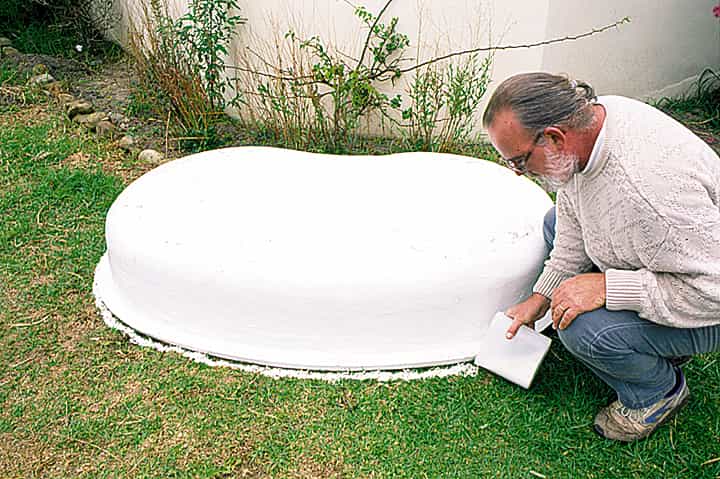
Exploring Water Lily Varieties
Water lilies are enchanting aquatic plants that have captivated gardeners and nature enthusiasts for centuries. These elegant and vibrant aquatic beauties not only enhance the aesthetics of ponds but also play a crucial role in maintaining the ecological balance of aquatic ecosystems. With over 70 species and numerous cultivated varieties to choose from, water lilies offer a kaleidoscope of colors, sizes, and shapes, making them a favorite choice for pond enthusiasts worldwide. In this comprehensive exploration, we will delve into the mesmerizing world of water lily varieties suitable for ponds, shedding light on their classification, characteristics, and how to cultivate them.
Classification of Water Lilies
Water lilies, scientifically known as Nymphaea, belong to the family Nymphaeaceae and are further divided into two main categories: hardy and tropical. Each of these categories encompasses various species and cultivated varieties.
- Hardy Water Lilies:
- Hardy water lilies are known for their ability to withstand cold temperatures and thrive in temperate climates.
- They are further classified into two subcategories: American and European hardy water lilies.
- American hardy water lilies (Nymphaea odorata) are native to North America and include the fragrant white water lily (Nymphaea odorata ‘Alba’) and the pink lily (Nymphaea odorata ‘Rosea’).
- European hardy water lilies (Nymphaea alba) are found in Europe and include the white water lily (Nymphaea alba ‘James Brydon’).
- Tropical Water Lilies:
- Tropical water lilies thrive in warm climates and require consistently warm water temperatures.
- These lilies are known for their vibrant and exotic flower colors.
- Popular tropical varieties include the blue water lily (Nymphaea caerulea), the red water lily (Nymphaea rubra), and the day-blooming Victoria water lily (Victoria amazonica).
Characteristics of Water Lily Varieties
- Flower Color:
- Water lilies display a wide range of flower colors, including white, pink, red, yellow, and even blue.
- Varieties like the ‘Hermine’ water lily (Nymphaea ‘Hermine’) boast pure white petals, while the ‘Red Flare’ water lily (Nymphaea ‘Red Flare’) features striking red blooms.
- Flower Size:
- Water lily flowers vary in size, with some measuring as small as 2 inches in diameter and others reaching up to 12 inches or more.
- The ‘Perry’s Baby Red’ water lily (Nymphaea ‘Perry’s Baby Red’) produces petite, 2-3 inch flowers, while the ‘King of Siam’ water lily (Nymphaea ‘King of Siam’) produces large, 10-12 inch blooms.
- Leaf Shape:
- Water lily leaves come in different shapes, including round, oval, and heart-shaped.
- The ‘Green Smoke’ water lily (Nymphaea ‘Green Smoke’) boasts unique, serrated, and maroon-flecked leaves.
- Fragrance:
- Some water lily varieties offer delightful fragrances that add to their appeal.
- The ‘Marliacea Rosea’ water lily (Nymphaea ‘Marliacea Rosea’) emits a sweet, pleasant fragrance that enhances the pond atmosphere.
Water Garden Plants
Cultivation and Care
Cultivating water lilies in your pond requires careful attention to their specific needs to ensure their health and longevity. Here are some essential care guidelines:
- Sunlight:
- Water lilies thrive in full sun, so ensure they receive at least 6-8 hours of direct sunlight daily.
- In hot climates, they may benefit from some shade during the hottest part of the day.
- Water Depth:
- Different water lily varieties have different water depth requirements, but most prefer water depths ranging from 12 to 36 inches.
- Use pots specifically designed for aquatic plants to plant water lilies at the appropriate depth in your pond.
- Soil and Fertilization:
- Plant water lilies in a loam-based aquatic planting mix.
- Fertilize regularly using specialized aquatic plant fertilizer tablets, following the manufacturer’s instructions.
- Pruning and Maintenance:
- Remove dead or decaying leaves and spent flowers to maintain water quality and prevent rot.
- Prune back overgrown leaves to allow light to reach lower leaves and promote healthy growth.
- Winter Care:
- In colder climates, hardy water lilies may require protection during winter.
- Sink potted hardy lilies to the deepest part of the pond to protect them from freezing temperatures.
Water Lilies Offer Endless Possibilities
Water lilies are a captivating addition to any pond, bringing beauty, tranquility, and ecological benefits to your aquatic ecosystem. With their diverse varieties, colors, and unique characteristics, water lilies offer endless possibilities for pond enthusiasts to create stunning and dynamic water gardens. Whether you opt for the classic elegance of hardy water lilies or the exotic allure of tropical varieties, the world of water lilies is sure to inspire and enhance your pond-keeping experience. By understanding their classification, characteristics, and care requirements, you can create a thriving aquatic paradise that showcases the timeless beauty of these enchanting water plants.











2 Comments